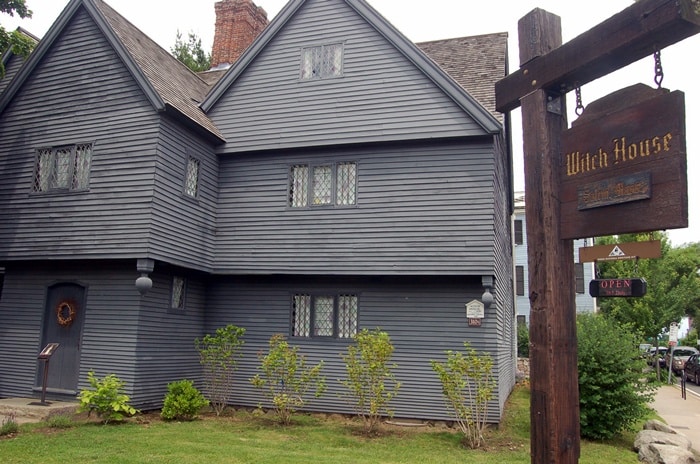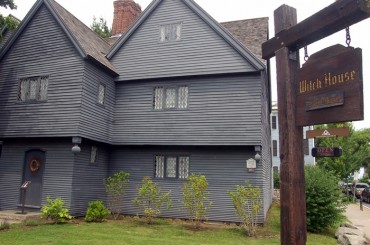Massachusetts
The Witches | History of the Salem Witch Trials
We’ve all heard the story of the Salem witch trials. When two young girls became ill and began throwing themselves about in fits of madness, they were diagnosed as having been bewitched. One accusation sparked another, neighbor turned on neighbor, and family bonds quickly unraveled, culminating in the unjust execution of 19 people who had […]

The Salem Witch House on the corner of Essex and North Streets is the only structure still standing in Salem, Massachusetts with direct ties to the Salem witch trials of 1692.
Photo Credit : Aimee Seavey
Photo Credit : Aimee Seavey
- While Salem, Massachusetts, claims the infamous witch trials as its legacy, the accusations and drama originated in Salem Village, in what is now Danvers, Massachusetts.
- Supernatural occurrences extended beyond the trickery of witches. Ghosts infiltrated the judicial proceedings, whizzing about the room, distracting witnesses, and strengthening testimonies against the accused.
- No “witches” were burned at the stake in Salem, but fourteen women and five men were hanged for witchcraft. As the hysteria spread, 55 people admitted to being in league with the devil, in part because more leniency was shown to those who confessed.
- Giles Corey, who refused to confess, was crushed to death by the piling of stones atop him. He was the only person ever to have been pressed to death in America.
- Executions were not limited to humans. Two dogs were also found guilty and killed.
Brenda Darroch
Brenda Darroch is a contributor to NewEngland.com. She lives in Kennebunk, Maine.
More by Brenda Darroch

